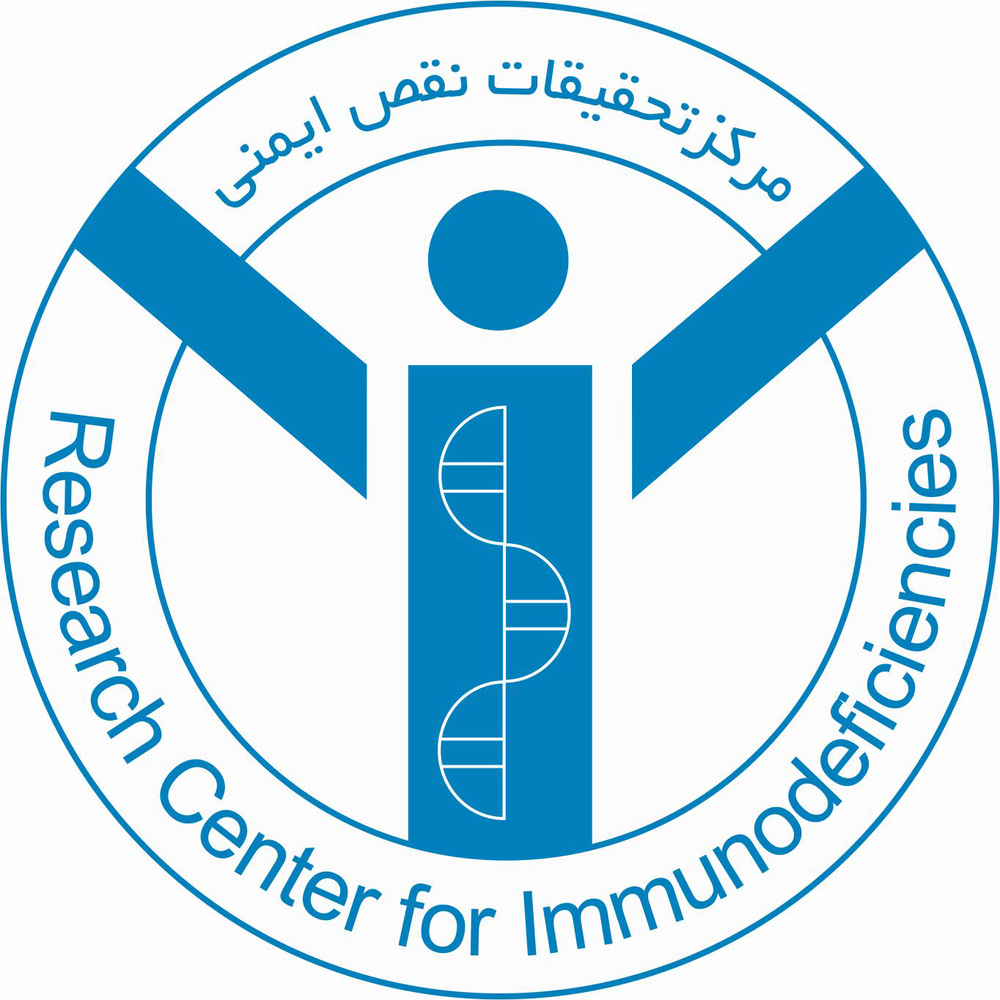- 1403/09/13 The First IEI Meeting
- 1403/08/06 Cancer Trends in Inborn Errors of Immunity: A Systematic Review and Meta-analysis
- 1403/07/15 A Cohort Study of Demographic data, Clinical Manifestations, Laboratory data, and Genetic Spectrum of Ataxia Telangiectasia in Iran
- 1403/05/08 Investigating the rate of infection leading to hospitalization in patients with Chronic Granulomatous Disease (CGD) treated with and without interferon gamma (IFN-γ)
- 1403/05/03 Diagnosis of Patients with Hyper IgM syndrome with CD40LG mutation by Flow cytometry Method and Evaluation of Phenotypes and Genotypes Correlation in the Patients
- 1403/04/21 Evaluation of clinical, immunological and genetic characteristics of immunodeficiency patients with NF-kB1 and NF-kB2 mutations: a systematic review
- 1402/11/09 Clinical heterogeneity in families with multiple cases of inborn errors of immunity
Iranian Primary Immunodeficiency Diseases Registry (IPIDR)
Statements by the late Professor Asghar Aghamohammadi regarding the history of establishing the Primary Immunodeficiency Diseases Registry in Iran:
Disease registries play a vital and undeniable role in the development of basic and clinical science research. This registration system can be the basis for authentic scientific investigations. Moreover, disease registries and health outcomes programs can play an important role in solving health problems and produce the necessary evidence for the decisions of managers and various stakeholders.
During the period between 1993 and 1996, while receiving training in the immunology department at Great Ormond Street Hospital in London, England, I became familiar with the immunodeficiency patient registry system in Europe. After returning from England in 1997, in order to determine the prevalence of immunodeficiency diseases in Iran and establish a patient registry program, I proposed and pursued the establishment of an immunodeficiency patient registry. With the sincere and serious cooperation of Dr. Nima Rezaei and Kamran Abolmaali, who were medical students at that time, and with the participation of medical students, a research group titled the Immunodeficiency Research Group was formed, and the establishment of the immunodeficiency disease registry system was pursued with the following objectives:
Objectives of Disease Registration:
Determining the prevalence of immunodeficiency diseases
Accessing a significant volume of immunodeficiency patients for conducting research studies
Following up with registered patients and being aware of the complications created in patients
Fortunately, Dr. Moein, who was the Minister of Science and Higher Education at that time, supported the establishment of the immunodeficiency patient registry program, and despite the heavy responsibility of the Ministry of Science and Higher Education, he participated in the decision-making sessions of the registration program. With the approval of the immunodeficiency patient registration program aimed at determining the prevalence of immunodeficiency diseases in Iran at Tehran University of Medical Sciences, the immunodeficiency patient registry program in Iran was launched in 1999. In implementing this program, a dedicated questionnaire and software were designed and prepared for recording patient information, and the information of all diagnosed immunodeficiency patients was entered into the registry questionnaire and software.
Gradually, with the registration of diagnosed immunodeficiency patients between 1986 and 2002, a total of 440 immunodeficiency patients were registered, and the first report of immunodeficiency patient registration was published in the Journal of Clinical Immunology. The immunodeficiency patient registry project was selected as the top project at the Avicenna Festival of Tehran University of Medical Sciences in 2001. With the increase in the number of students interested in research in the registry program and the growing trend of patient registration and the publication of the first registry report, scientific research collaborations at the international level with prominent researchers from universities and research centers outside the country (Harvard University, Karolinska Institute in Sweden, Brescia University in Italy, and Toyama University in Japan) began. With the increase in the number of registered patients, the second registry report, registering 930 immunodeficiency patients between 2002 and 2007, was published in the Journal of Clinical Immunology. The expansion of the activities of the Immunodeficiency Research Group at the national and international levels led to significant scientific results in the field of immunodeficiency diseases. Between 1999 and 2010, a total of 223 articles with 6124 citations and an H-index of 22 were published by members of the Immunodeficiency Research Group in reputable domestic and international journals.
In the third registry report, published in the Journal of Clinical Immunology in 2013, 760 new patients were diagnosed and registered over 6 years (2007-2013). In the fourth registry report, published in the Journal of Clinical Immunology in 2018, 3056 new patients were diagnosed and registered over 5 years (2013-2018). The trend of patient registration over the past 19 years shows that annually, 200-250 new patients are diagnosed and added to the registry system. Comparing the results of registered patients in Iran with other immunodeficiency registries in Asian and European countries shows that primary immunodeficiency diseases with autosomal recessive inheritance patterns such as ataxia-telangiectasia, CGD, and CVID are more prevalent in Iran, indicating a high rate of consanguineous marriages in Iran. Primary immunodeficiency diseases are categorized into nine groups based on the latest classification. Studies on the prevalence of immunodeficiency diseases in Iran and other countries show that about half of primary immunodeficiency diseases are antibody deficiencies.


